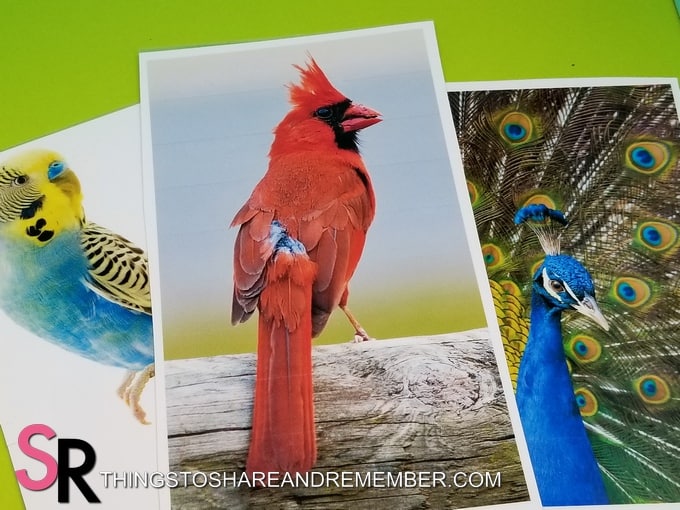
In the laboratory, researchers can test hearing in birds with more precision and control. A bird could be out of earshot looking for food when you want to start your experiment, for instance. Testing how birds perceive song in the wild is important, but it has its limits. If the Indigo Bunting were to write a field guide description of its own song, it would differ considerably from our assessment.Ĭredit: Liz Wahid ( Indigo Bunting) and Adam Fishbein ( waveform and spectrogram) This result means that, despite its salience to us, the pattern of paired notes is not significant for the birds in terms of recognizing fellow species members. (The perceptual equivalent of frequency is pitch, and that of amplitude is loudness.) Despite the prominence of the paired pattern to human ears and eyes, when Emlen played a modified song with unpaired syllables to the birds, they reacted with the same intensity of territorial response they exhibited when they heard the natural paired song. Ornithological field guides often call attention to this pattern of paired syllables when describing the song, and it is easily seen in a spectrogram, a visual depiction of song that shows the frequency and amplitude of its signal over time. The vibrantly blue males of this species deliver songs consisting of syllables that they almost always utter two at a time. Emlen of Cornell University studied song perception in the Indigo Bunting. In one classic playback study in the 1970s, Stephen T.

#All about birds sounds software#
Today digital recording equipment and sound-editing software make such manipulations much easier to create.

In the predigital age, they would capture song on tape recorders and literally splice together the magnetic tape to create manipulated songs with, for example, rearranged syllables or shorter silent intervals between notes. By comparing responses to natural and manipulated songs, researchers can learn which features are important in perception. Many birds respond to playback of a typical song of their species as if a territorial intrusion were occurring-they approach the speaker from which the song is playing, fly around the sound’s source to look for the intruder, and emit their own threatening calls or songs. One of the classic ways to test perception in birds in the wild is through so-called playback experiments, in which investigators play songs to birds and measure their behavioral response. Beyond Melodyīirdsong researchers have known since at least the 1960s that birds hear song differently than we might expect. Moreover, birds appear to listen most closely not to the melodies that catch our ears but rather to fine acoustic details in the chips and twangs of their songs that lie beyond the range of human perception. These descriptions also parallel the ways we mark the relations among words in human syntax or among notes in musical compositions.īut what do the birds think about all these features? How does birdsong sound to them? Recent research that my colleagues and I have conducted, along with work from a growing number of other scientists around the world, has revealed that birdsong sequences do not sound to birds like they do to us. In this way, we can measure potentially important aspects of song, such as the number of syllable types in a bird’s repertoire or the patterns in which phrases are arranged. We then group the syllables into sequences called phrases or motifs that have characteristic rhythms and tempos. Getting deeper into the lingo for a moment, when researchers analyze birdsong, we usually break it down into smaller units, termed notes or syllables. The very terminology researchers and laypeople alike use to talk about birdsong reflects the musical and languagelike way it strikes our ears. But when I refer to birdsong, I mean those longer, more complicated sounds as opposed to the short cheeps and peeps.

For instance, some species have songs that are simpler than their calls. These definitions are by no means clear-cut. Modern researchers categorize it in contrast to bird calls, which are usually shorter, simpler, innately known and used for a more diverse set of functions, such as signaling about predators and food. We discern distinct melodies linking the clanks and buzzes of Song Sparrow songs, sentencelike structure in the Red-winged Blackbird’s pronouncement of conk-la-ree! and a cheery whistle in the wide-open-beaked songs of the White-throated Sparrow.īirdsong, which has intrigued scientists since Aristotle’s time, is traditionally defined as the long, often complex learned vocalizations birds produce to attract mates and defend their territories. When we humans hear birdsong, which many have appreciated more than ever during the pandemic, we can’t help but think about parallels to human music and language.


 0 kommentar(er)
0 kommentar(er)
